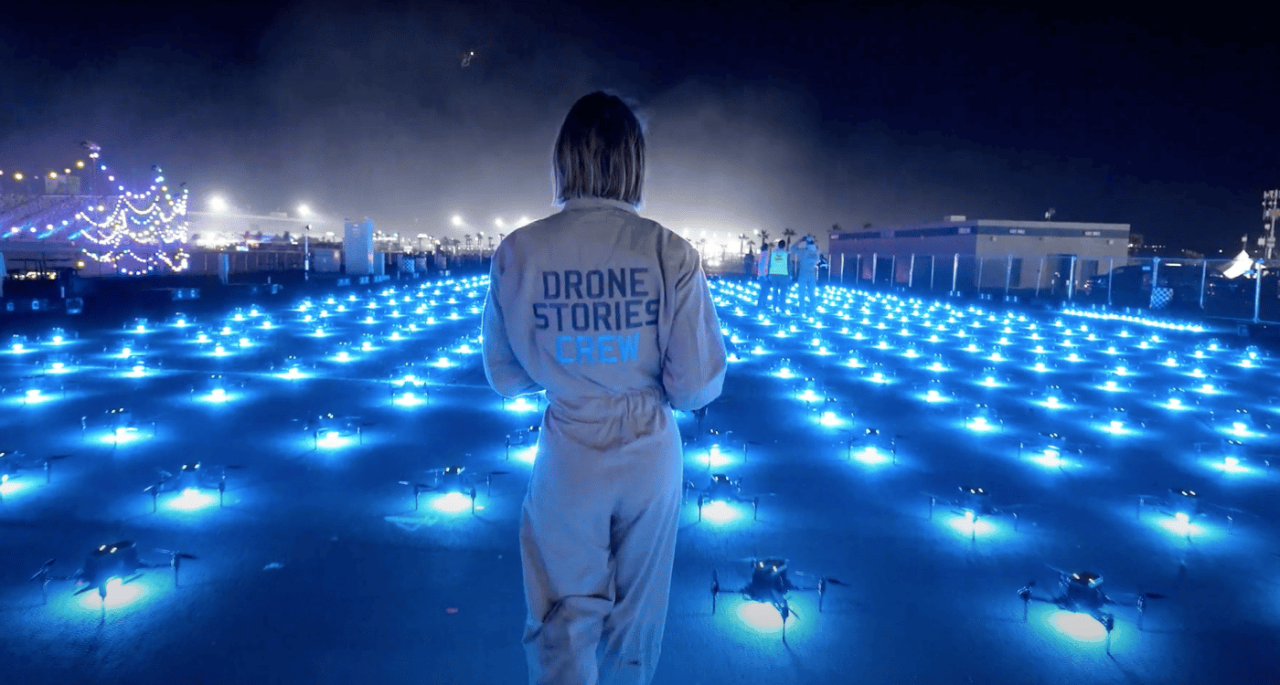Florida Drone Show: Imagine breathtaking aerial displays illuminating Florida’s stunning landscapes. This guide dives into the world of Florida drone shows, exploring everything from regulations and permits to the economic impact these spectacular events have on the state. We’ll cover popular locations, diverse show types, and effective marketing strategies, offering a complete picture of this exciting industry.
From the meticulous planning and permitting required to the awe-inspiring choreography and technological marvels involved, we’ll uncover the intricacies of bringing these dazzling light shows to life. We’ll also explore the economic benefits for Florida’s tourism industry and local businesses, demonstrating the significant contribution these events make to the state’s economy.
Florida Drone Show Regulations and Permits
Navigating the regulatory landscape for drone shows in Florida requires understanding both state and federal guidelines. This section details the permitting process, FAA requirements, and cost comparisons across different Florida counties.
Permitting Process for Drone Shows in Florida
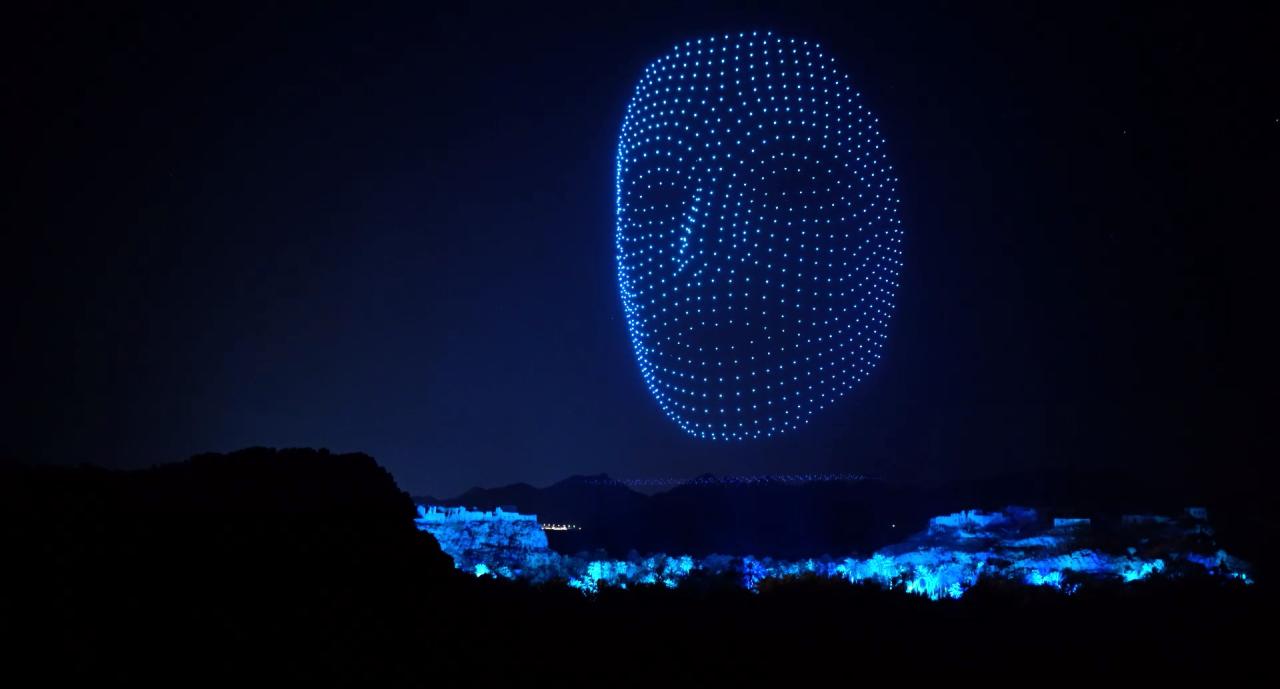
Securing permits for drone shows in Florida involves a multi-step process. First, you’ll need to apply for a commercial drone operation authorization from the Federal Aviation Administration (FAA). This requires a Part 107 certification for your pilots and a detailed flight plan outlining the show’s specifics. Next, you’ll need to obtain necessary permits from the relevant local authorities, which may include city or county government offices.
These permits often address aspects like airspace restrictions, public safety, and potential noise complaints. The specific requirements can vary considerably depending on the location and scale of the show.
FAA Requirements for Commercial Drone Operations in Florida
The FAA mandates strict adherence to its regulations for commercial drone operations, especially for large-scale drone shows. These regulations cover aspects such as pilot certification, drone registration, operational limitations (e.g., maximum altitude, visual line-of-sight), and pre-flight inspections. Failing to comply can result in hefty fines and operational suspension. For large shows, the FAA might require additional approvals and safety protocols, potentially involving air traffic control coordination.
Comparative Analysis of Permitting Costs and Timelines
Permitting costs and timelines vary significantly across Florida counties. Larger counties, such as Miami-Dade or Broward, often have more extensive application processes and higher fees, reflecting the greater complexity of managing large events. Smaller counties may have simpler procedures and lower costs but may also have limited resources to handle complex drone show applications. The timeline can range from several weeks to several months, depending on the completeness of the application and the responsiveness of the local authorities.
Permit Requirements for Various Show Sizes
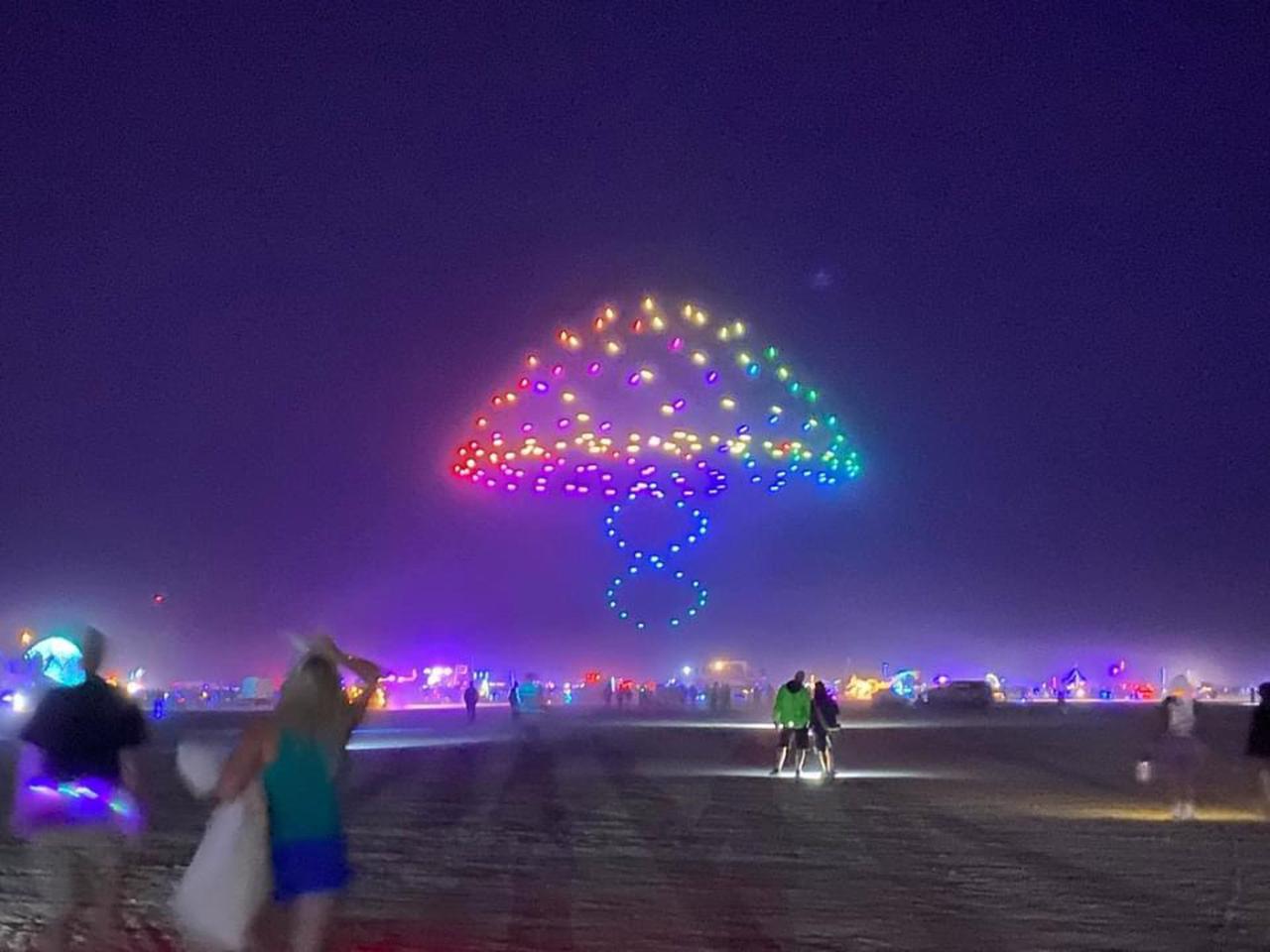
| Show Size | FAA Requirements | Local Permitting | Insurance Requirements |
|---|---|---|---|
| Small (<10 drones) | Part 107 Certification, Flight Plan | Potentially minimal local permitting; notification may suffice | Liability insurance typically required |
| Medium (10-50 drones) | Part 107 Certification, Detailed Flight Plan, Airspace Coordination | More stringent local permitting; likely requires public safety plans | Higher liability insurance coverage |
| Large (>50 drones) | Part 107 Certification, Comprehensive Flight Plan, Airspace Coordination, Potential LAANC authorization | Extensive local permitting, detailed safety and security plans, potentially requiring environmental impact assessment | Substantial liability insurance coverage |
Popular Locations for Florida Drone Shows
Florida offers diverse locations suitable for spectacular drone shows. This section identifies five prime locations, considering geographical features and logistical factors.
Five Popular Locations for Drone Shows in Florida
The selection of locations considers factors like open airspace, proximity to population centers for audience reach, scenic backdrops, and logistical ease of setup and operation. The following locations represent a mix of coastal and inland settings, catering to different show themes and audience preferences.
- Cocoa Beach: Offers a stunning beachfront setting with ample open space, providing breathtaking views for both the show and the audience. Logistical considerations include potential wind conditions and proximity to the Atlantic Ocean.
- St. Augustine: A historic city with a charming backdrop, offering a unique blend of old-world charm and modern technology. The challenge lies in navigating the city’s historical districts and ensuring minimal disruption to residents.
- Orlando: The theme park capital of the world provides significant audience reach and existing infrastructure for large-scale events. However, managing airspace around theme parks and obtaining necessary permissions can be complex.
- Clearwater Beach: Another beautiful beachfront location with a large, open area suitable for expansive drone choreography. Similar to Cocoa Beach, wind conditions need careful consideration.
- Everglades National Park (designated area): Offers a unique natural backdrop, ideal for shows themed around nature and conservation. However, logistical challenges include remote access and coordination with park authorities to ensure minimal environmental impact.
A map illustrating these locations would show their geographical distribution across Florida, highlighting proximity to major cities and potential viewing areas. Each location marker would include a brief description emphasizing its unique characteristics and logistical considerations.
Advantages and Disadvantages of Each Location
Each location presents a unique set of advantages and disadvantages. For instance, coastal locations offer stunning backdrops but are susceptible to wind conditions. Inland locations may offer better stability but might lack the same visual appeal. The proximity to population centers and existing infrastructure also influences the choice.
Types of Drone Shows in Florida
Drone shows in Florida showcase diverse themes and styles, captivating audiences with their creativity and technological prowess. This section explores various types of shows, highlighting their unique characteristics and technical requirements.
Examples of Different Drone Show Types
Florida’s drone show scene is dynamic and innovative. Shows range from themed events celebrating holidays or cultural festivals to corporate events showcasing brand messages. Many shows incorporate storytelling through choreography, music, and visual effects. The Florida climate also inspires unique themes, such as shows celebrating the state’s natural beauty or its vibrant culture.
Show Themes and Associated Visual Elements
- Holiday Shows (Christmas, 4th of July): Festive colors, seasonal imagery, celebratory patterns.
- Nature-themed Shows: Depiction of Florida wildlife, landscapes (e.g., Everglades, beaches), vibrant colors reflecting the natural environment.
- Corporate Events: Company logos, product demonstrations, abstract designs reflecting brand identity.
- Cultural Shows: Designs inspired by Florida’s diverse cultures and artistic expressions.
Technical Requirements for Each Show Type
- Lighting: Varied lighting effects are essential for creating mood and highlighting visual elements. This may involve synchronized LED lights on the drones themselves.
- Sound: Synchronized music and sound effects enhance the storytelling and immersive experience. High-quality audio systems are crucial for large-scale shows.
- Software: Sophisticated flight control software is essential for precise choreography and synchronization of drone movements and lighting effects.
Marketing and Promotion of Florida Drone Shows
Effective marketing is crucial for attracting both local residents and tourists to Florida drone shows. This section explores successful marketing strategies and provides a sample marketing plan.
Effective Marketing Strategies
A multi-channel approach is key to successful marketing. This includes leveraging social media platforms (Instagram, Facebook, TikTok) to showcase show highlights and behind-the-scenes content, creating engaging video trailers, and partnering with local tourism agencies and media outlets to generate publicity. Targeted advertising campaigns can reach specific demographics and geographical areas.
Examples of Successful Marketing Campaigns
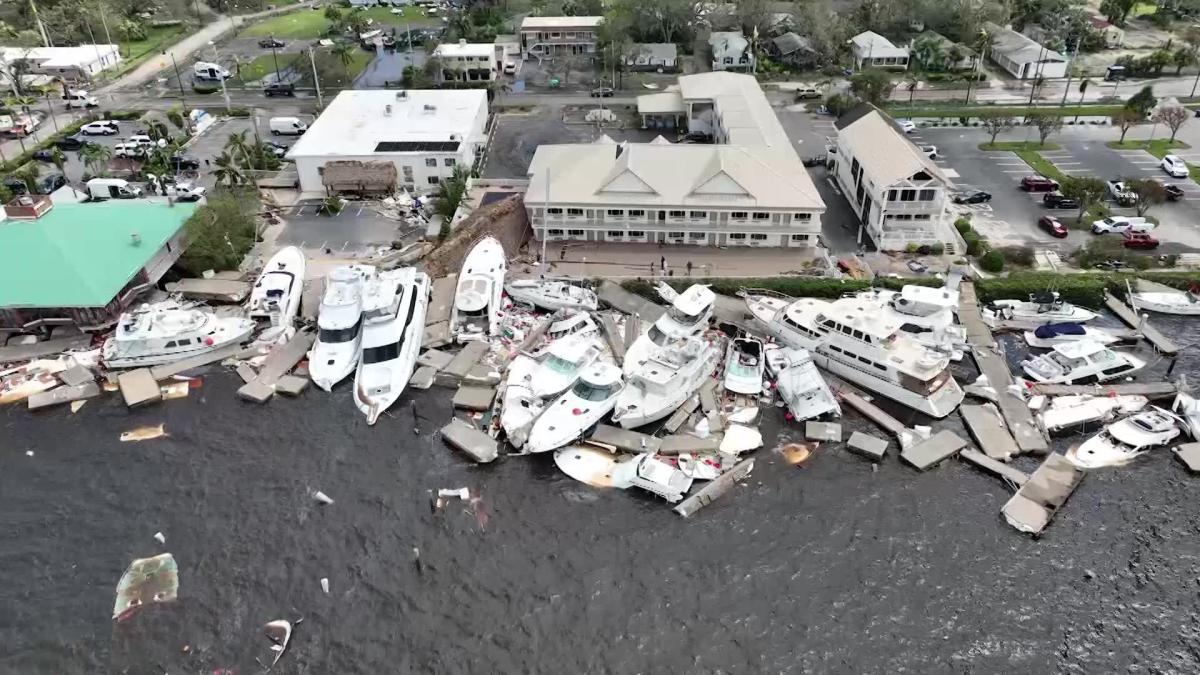
Successful campaigns have often utilized visually stunning imagery and video content, highlighting the unique aspects of the drone show and the Florida location. Influencer marketing, collaborations with local businesses, and early bird ticket discounts have also proved effective.
Use of Social Media and Digital Platforms
Social media plays a crucial role in promoting drone shows. Engaging content such as short videos, behind-the-scenes glimpses, and interactive polls can increase audience engagement and build anticipation. Paid social media advertising can target specific demographics and locations.
Sample Marketing Plan for a Miami Drone Show
A sample marketing plan for a hypothetical Miami drone show would include a detailed budget allocation, timeline, and a breakdown of marketing channels. It would emphasize the unique aspects of a Miami show, such as the city’s vibrant nightlife and beautiful skyline, to attract a wide audience.
Economic Impact of Drone Shows in Florida
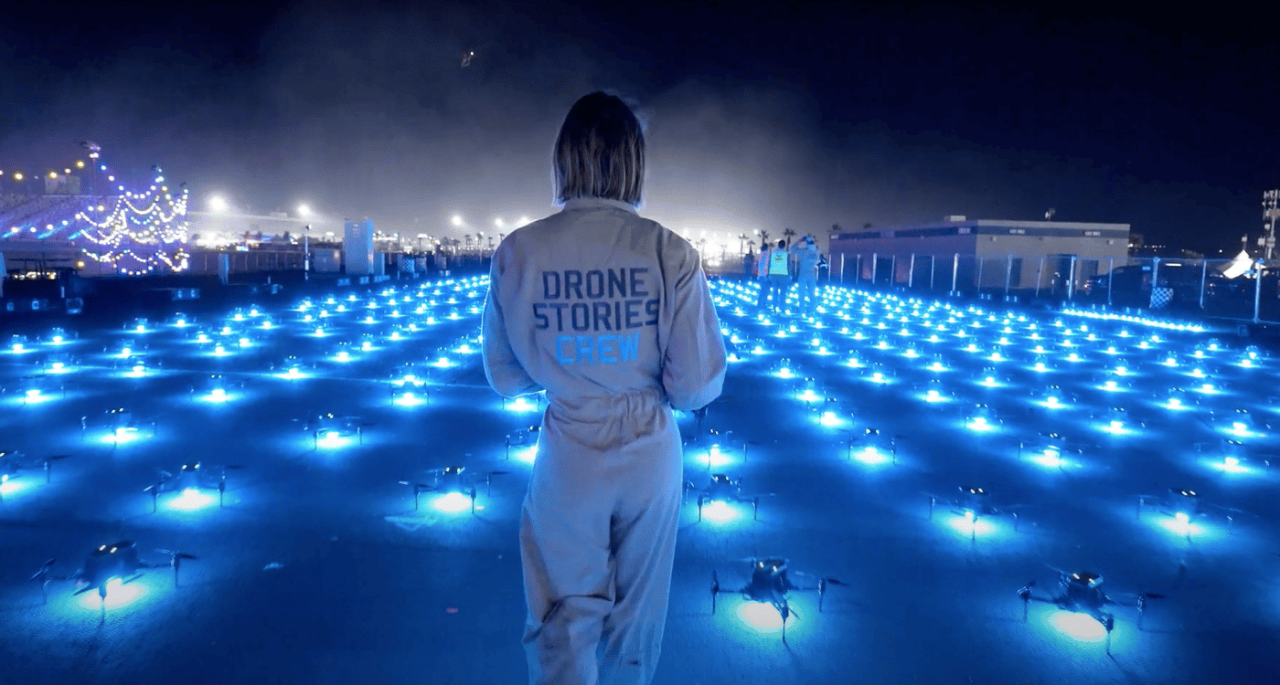
Drone shows contribute significantly to Florida’s economy, benefiting various stakeholders. This section explores the economic impact across different sectors.
Potential Economic Benefits
Drone shows attract tourists, boosting hotel occupancy, restaurant revenue, and other related businesses. They also generate revenue for event organizers, drone operators, and supporting businesses. The shows can enhance Florida’s image as a technologically advanced and entertainment-rich destination.
Stakeholders Who Benefit
Beneficiaries include event organizers, drone companies, hotels, restaurants, transportation services, and local retailers. The shows also benefit the state’s tourism industry by attracting visitors and generating publicity.
Potential Revenue Generation, Florida drone show
Estimating revenue from a large-scale drone show requires considering factors such as ticket sales, sponsorship deals, merchandise sales, and the indirect economic impact on related businesses. A large show could generate millions of dollars in revenue.
Florida drone shows are awesome, offering vibrant displays of light and color against the state’s unique landscapes. Thinking about other amazing drone shows, you should check out the spectacular visuals of the niagara falls drone show , which uses the falls as a breathtaking backdrop. Then, imagine a similar level of artistry applied to the Florida Keys – now that would be a sight!
Economic Impact Across Different Sectors
| Sector | Direct Impact | Indirect Impact | Overall Impact |
|---|---|---|---|
| Tourism | Increased tourist arrivals, hotel bookings | Increased spending on related activities | Significant boost to tourism revenue |
| Hospitality | Increased revenue for hotels, restaurants, bars | Job creation in the hospitality sector | Positive impact on the hospitality industry |
| Entertainment | Ticket sales, merchandise sales | Increased demand for entertainment-related services | Significant contribution to the entertainment sector |
Conclusive Thoughts: Florida Drone Show
Florida drone shows are more than just captivating spectacles; they’re a testament to technological innovation, artistic expression, and economic potential. By understanding the regulations, exploring suitable locations, and implementing effective marketing strategies, Florida can continue to flourish as a hub for these mesmerizing aerial performances, benefiting both residents and visitors alike. The future of Florida drone shows looks bright, promising even more spectacular displays and economic growth.
Frequently Asked Questions
How much does a drone show permit cost in Florida?
Permit costs vary significantly depending on the show’s size, location, and specific requirements. Expect to pay several hundred to several thousand dollars.
What kind of insurance is needed for a Florida drone show?
Comprehensive liability insurance is essential, covering potential damage or injury. The specific amount of coverage will depend on the show’s scale and risk factors.
Are there restrictions on flight times for drone shows?
Florida drone shows are becoming increasingly popular, offering spectacular nighttime entertainment. However, it’s crucial to remember the potential risks involved, as highlighted by a recent incident; check out this article on a drone show accident to understand the importance of safety protocols. Understanding these risks helps ensure future Florida drone shows remain both breathtaking and safe.
Yes, flight times are often restricted, particularly near airports or other sensitive areas. Permits will specify allowable flight times and airspace limitations.
How do I find qualified drone pilots for a Florida show?
Florida drone shows are usually pretty spectacular, offering amazing light displays. However, remember what happened at a similar event – check out this article about an orlando drone show malfunction to see how things can go wrong. Learning from past incidents helps ensure future Florida drone shows go off without a hitch, providing a safe and awesome experience for everyone.
Look for Part 107 certified pilots with experience in large-scale drone shows. Online platforms and industry associations can help you locate qualified professionals.
